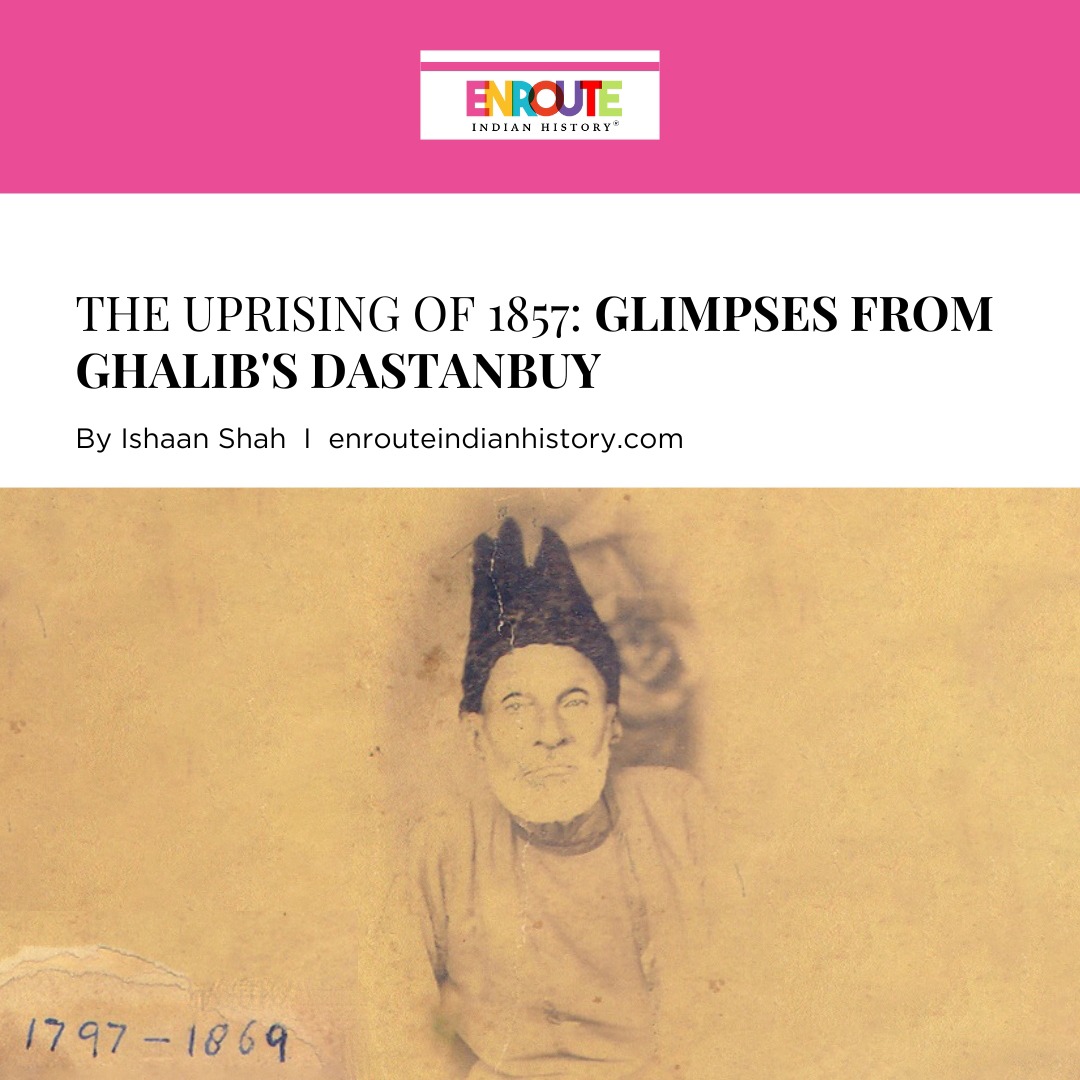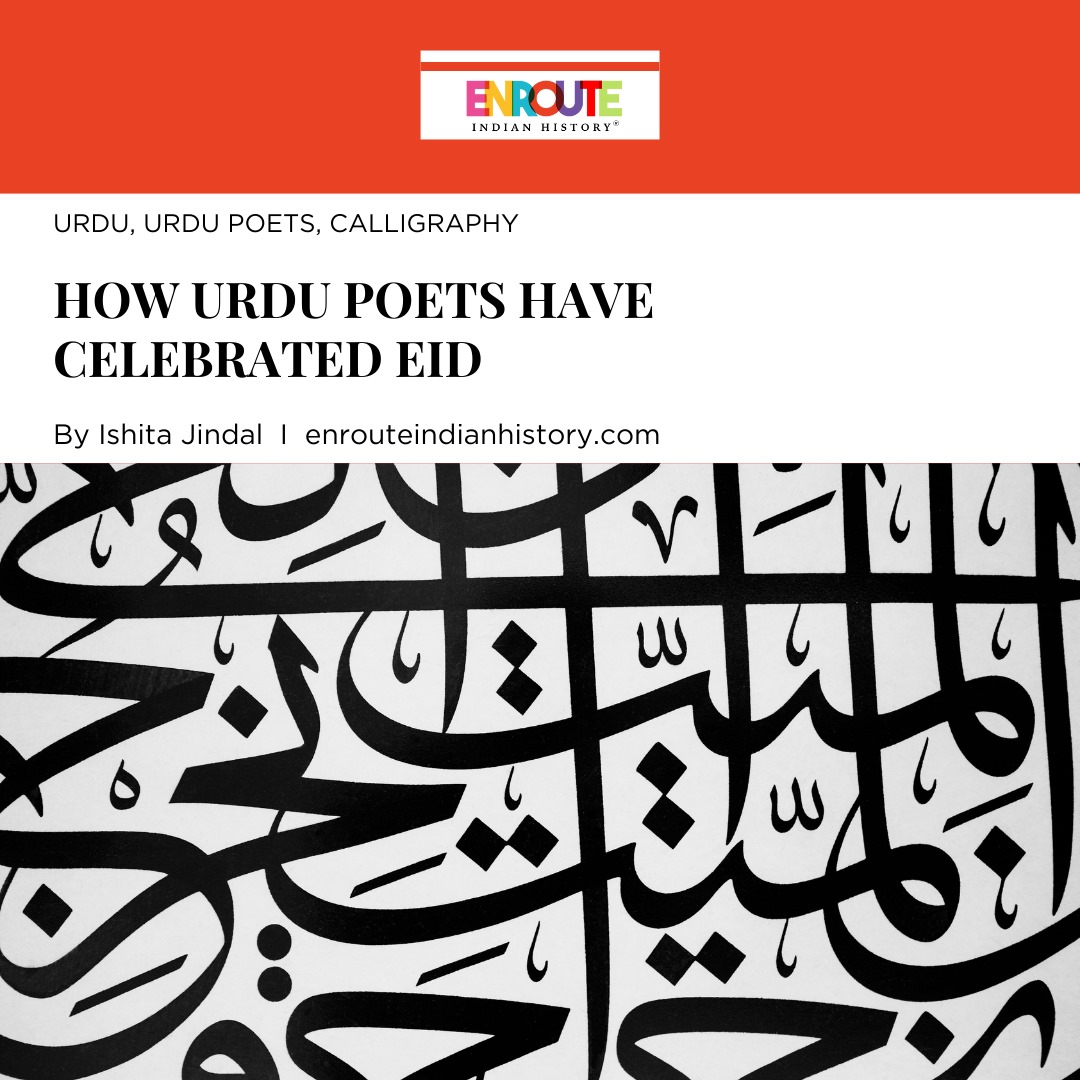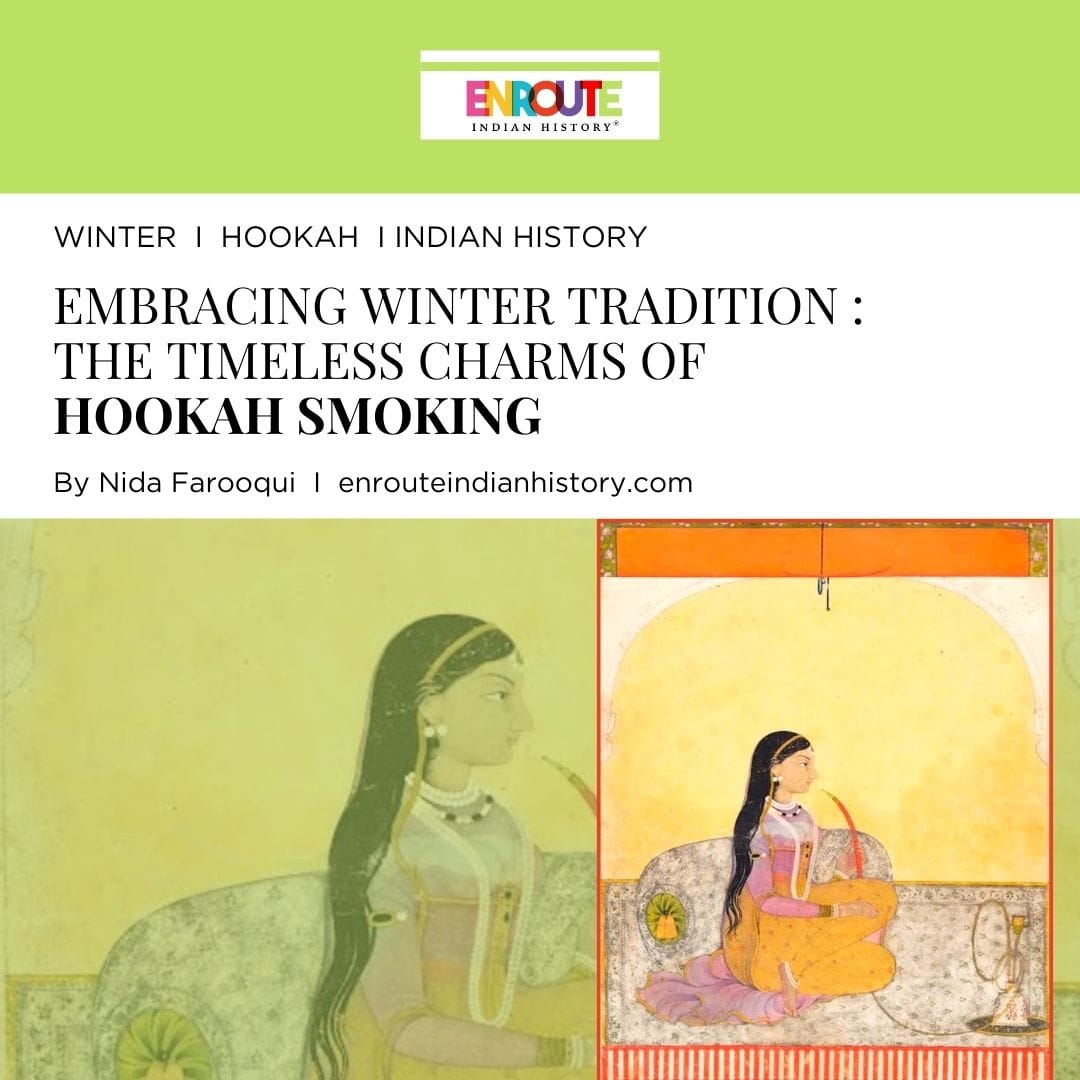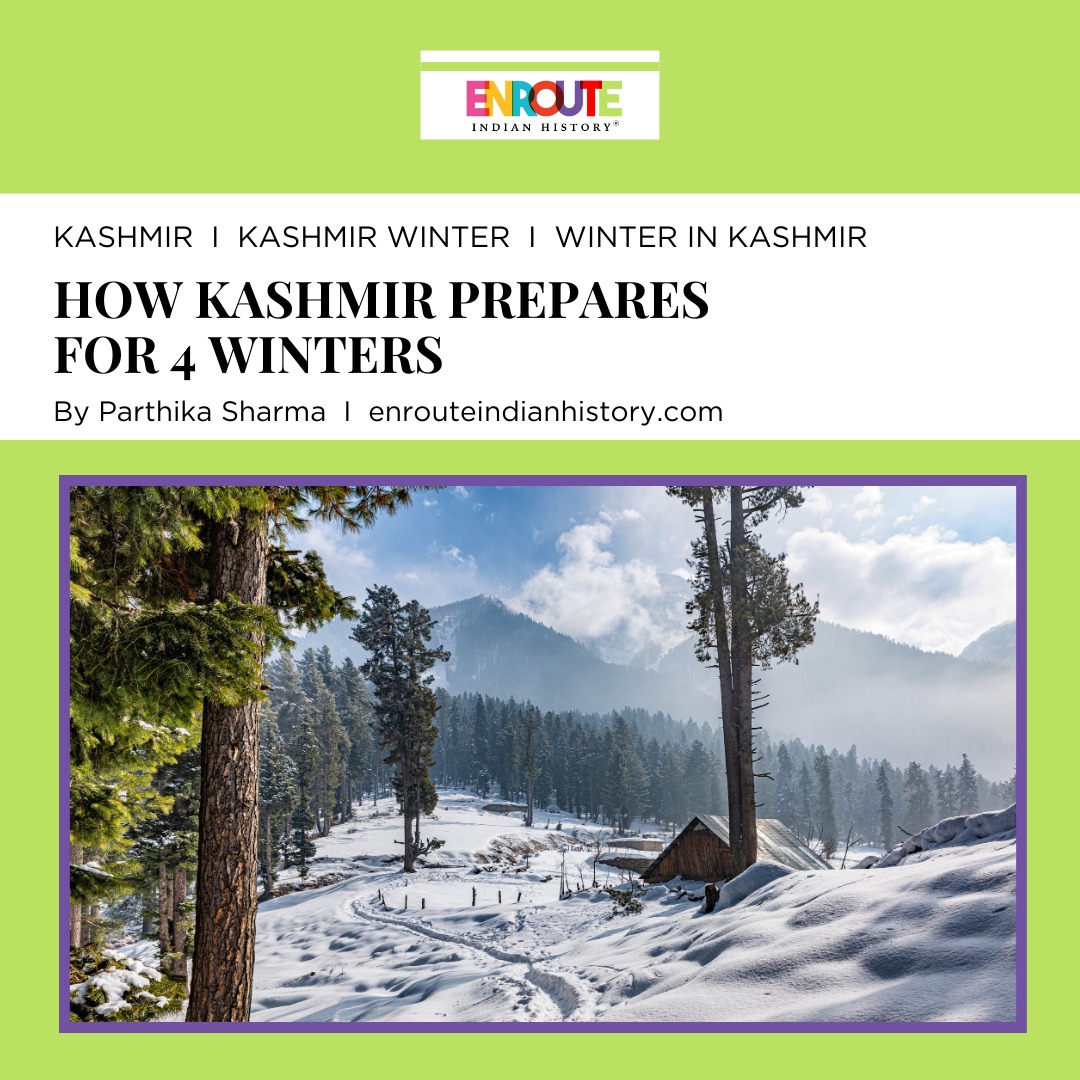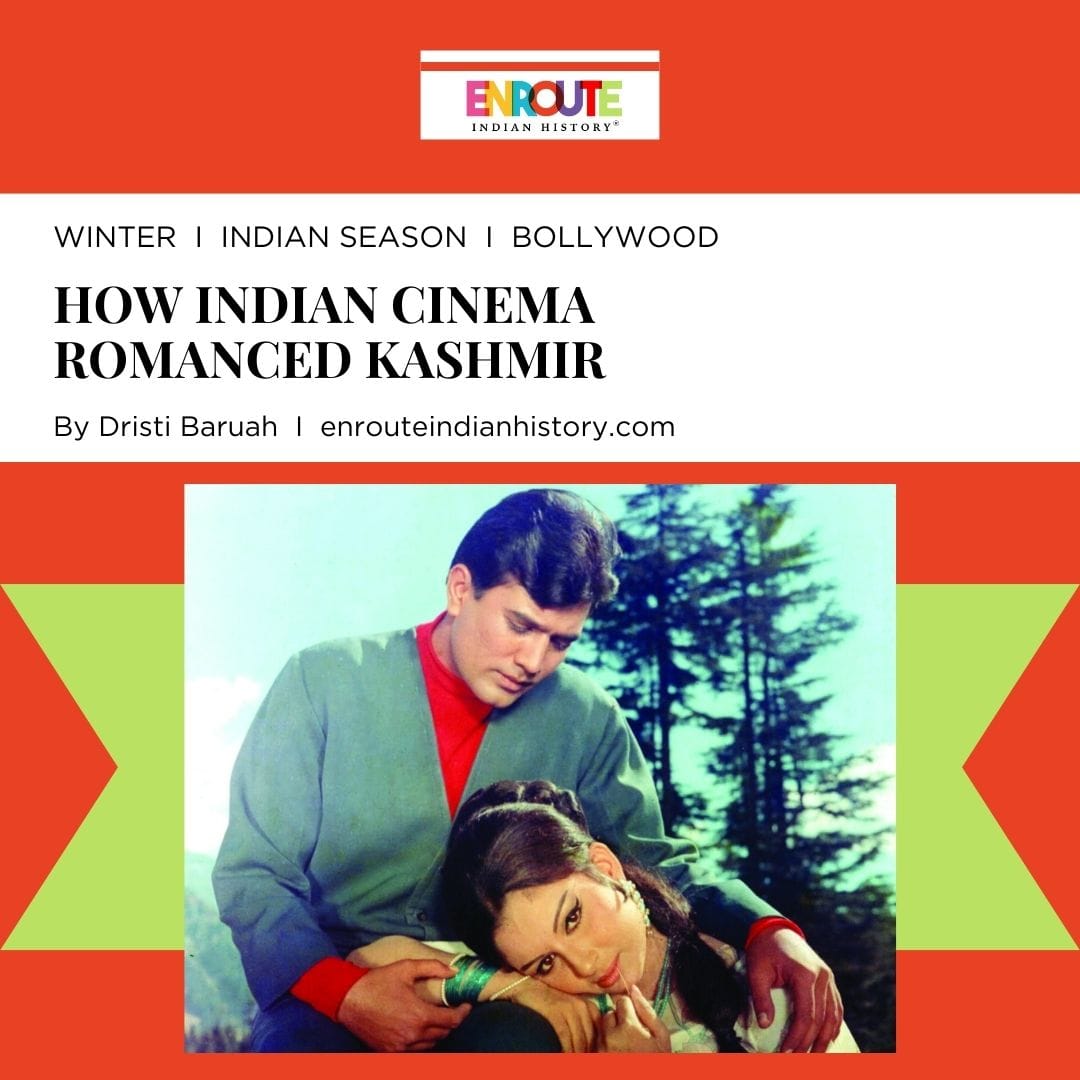
Winter, a season of contrasts, transforms the world with its chilly embrace. As the days grow shorter and the nights longer, nature undergoes a profound metamorphosis. Trees shed their leaves, revealing a skeletal elegance against the backdrop of a crisp, azure sky. The air becomes invigoratingly cold, and a tranquil hush settles over the landscape. Winter’s touch is both harsh and tender, as frost delicately blankets the earth, turning it into a glistening canvas. Amidst the barren branches and frost-kissed landscapes, the season weaves a tapestry of solitude and introspection. Yet, within its icy grasp, there is an undeniable allure—an enchanting beauty that poets (Urdu Poetry) and dreamers find irresistible. Winter, with its quietude and stark elegance, invites contemplation and celebration, embodying a poetic dichotomy of cold austerity and warm, intimate moments by the fireside.Various cultures and associated literatures embrace winters in various ways. In Western literature, winter has been used as a metaphor for death, decay, and the end of life. For example, William Shakespeare’s play “The Winter’s Tale” explores the themes of jealousy, betrayal, and redemption against the backdrop of a cold and barren winter landscape. Similarly, John Steinbeck’s novel “The Winter of Our Discontent” uses the metaphor of winter to explore the themes of morality, corruption, and the decline of American values. In Russian literature, winter has been used as a symbol of the harshness and brutality of life. For example, Leo Tolstoy’s novel “War and Peace” uses the harsh Russian winter as a backdrop for the Napoleonic Wars, highlighting the brutality and senselessness of war. Similarly, Fyodor Dostoevsky’s novel “Crime and Punishment” uses the cold and bleak winter landscape of St. Petersburg to evoke a sense of despair and hopelessness.
Winters and their depiction in Urdu poetry
Winters in Urdu poetry are often associated with a sense of nostalgia, melancholy, and longing. The cold weather, snow, and fog are used as metaphors to express the feelings of isolation, loneliness, and sadness. At the same time, the beauty of winter is also celebrated in Urdu poetry, with poets using imagery of fire, warmth, and light to evoke a sense of hope and comfort.
For example, the poet Faiz Ahmed Faiz wrote:
“Gulon mein rang bhare, baad-e-naubahar chale,
Chale bhi aao ke gulshan ka karobar chale.”
(The flowers are in full bloom, the spring breeze is blowing,
Come, let’s go, the garden is open for business.)
These lines express the poet’s longing for the arrival of spring, which is a common theme in Urdu poetry. The poet uses the imagery of flowers and spring breeze to evoke a sense of hope and renewal.
Similarly, the poet Ahmad Faraz wrote:
“Zindagi jab bhi teri bazm mein lati hai hamein,
Yun lagta hai apni saari kainaat soti hai.”
(Whenever life brings us to your gathering,
It feels like the whole universe is asleep.)
Mirza Ghalib, one of the celebrated poets of Urdu literature has written extensively about the beauty and sadness of this season. In his poetry, Ghalib uses the imagery of cold, snow, and fog to evoke a sense of melancholy and longing. For example, he wrote:
“Hui muddat ke Ghalib mar gaya, par yaad aata hai
Har ek baat pe kehna ke yun hota to kya hota.”
(It’s been a long time since Ghalib died, but I remember
Saying on every occasion, “What if it had happened this way?”)
These lines express the poet’s sense of nostalgia and longing for the past. The cold weather and snow are used as metaphors to convey the idea of time passing by and memories fading away.
In another poem, Ghalib wrote:
“Koi umeed bar nahin aati, koi soorat nazar nahin aati”
(No hope arises, no image appears)
Despite the sadness and melancholy associated with winter, Ghalib also celebrates the beauty of this season in his poetry. For example, he wrote:
“Sar-e-toor ho ya sar-e-sham, sard-mausam ka maza kuch aur hai”
(Whether it’s morning or evening, there’s something special about the cold weather)
These lines express the poet’s appreciation for the beauty of winter. The cold weather and snow are used as metaphors to convey the idea of purity and simplicity.Winter emerges as a cold and arid counterpart to the warmth and vitality of summer. The nights, black and prolonged, embody zulm in Urdu, a metaphor for injustice and unfairness. Persian-inspired poetry often revolves around bahaar and khizaan, symbolizing spring and autumn, while local hues incorporate bahaar and saawan. Yet, winter finds itself cloaked in autumnal imagery with the shedding of leaves, a poignant denudation. In the grand classical tradition of music, ragas align with bahaar/basant and megh/malhaars, but the cold, endless nights symbolize firaaq (parting), contrasting with the warmth enveloping wisaal (union). Winter’s light, gentle and subdued, becomes an ideal canvas for portraying demure beauty, a stark departure from the exuberance of summer sunlight.British colonialists sought to dismantle the stylized imagery of local poetry, urging a focus on the earth, scents, birds, and foliage. This movement, spearheaded by poets like Hali, Azad, Maulvi Muqarrab Ali, Krishan Lal, and Talib, aimed at a synthetic fusion with local elements. However, mainstream expression reclaimed its dominance, layering it with enriched meaning as an amalgamated tradition.Despite efforts to diversify poetic themes, winters persist as metaphors for the sombre, passwords to isolation and sadness. Terms like “gulabi jaara” may be coined, yet their ambivalence sparks a romantic allure. The lack of clarity breeds uncertainty, recalling fuzziness and enveloping destinations in misty ambiguity, evoking a poignant sense of longing.In the realm of Urdu poetry, Nazeer Akbarabadi stands out for his less stylized approach, delving into the descriptive. Through his verses, a glimpse into the life of nineteenth-century Oudh, Akbarabaad, and Lucknow unfolds amidst discussions of “jaare ki baharain.” talking about the ending of winter and the starting of springs he writes
har ek makāñ meñ sardī ne aa bāñdh diyā ho ye chakkar
jo har dam kap-kap hotī ho har aan kaḌākaḌ aur thar-thar
paiThī ho sardī rag rag meñ aur barf pighaltā ho patthar
The lines quoted describe how the cold has seeped into every corner of the house, making everything shiver and shake. The snow has settled everywhere, even in the veins and arteries of the body, and the ice has melted into the very stones. The poet is using these images to convey the idea of the all-encompassing nature of winter and its ability to penetrate even the smallest crevices of our lives.While descriptive or epical poetry may distinguish between literal and metaphoric elements, the dominance of the ghazal in mainstream Urdu expression elevates deciphering the text, leading to a heightened exploration of its multifaceted layers rather than pinpointing specific features .Apart from these other authors have also written about various facets of winters which engage with the beauty, warmth of the season amidst the cold .
Prominent poet Mohammed Alvi writes –
sardī meñ din sard milā
har mausam bedard milā
(The days have become cold in winter,
Every season seems indifferent to the suffering of people.)
One of the prominent modern critics and scholar of Indian culture Hanafi writes –
shaam ne barf pahan rakkhī thī raushniyāñ bhī ThanDī thiiñ
maiñ is ThanDak se ghabrā kar apnī aag meñ jalne lagā
(“The evening was covered in snow, the light was cold,
I became afraid of this cold and started to burn in my own fire.)
Prominent writer Manzar Salim writes –
sūraj chaḌhā to pighlī bahut choTiyoñ kī barf
āñdhī chalī to ukhḌe bahut sāya-dār log
(When the sun rose, the snow melted,
The wind blew and shook the trees, causing the snow to fall from the branches.)
Another writer Naseem Sahar writes –
kabhī to sard lagā dopahar kā sūraj bhī
kabhī badan ke liye ik kiran ziyāda huī
(Sometimes the sun in the afternoon feels cold,
While at other times a single ray of sunshine feels like it is too much for the body to bear)
Winter unfolds as a season marked by profound contrasts, where the cold and austere landscape coexists harmoniously with the warmth and intimacy of fireside moments. The poetic exploration of winter resonates across diverse cultures and literary traditions globally. Within Urdu poetry, winter serves as a poignant canvas for expressing nostalgia, melancholy, and profound longing. Renowned poets such as Ghalib, Faiz Ahmed Faiz, and Ahmad Faraz skillfully evoke the beauty and melancholy of the season, utilizing the powerful imagery of snow, fog, and cold weather to convey a spectrum of emotions—from isolation and despair to hope and renewal.Beyond its thematic exploration, Urdu poetry plays a vital role in forging connections and building relationships, transcending generational divides. Various platforms and clubs have emerged to revive and celebrate Urdu poetry, serving as spaces for enthusiasts to connect, appreciate, and contribute to the richness of the poetic tradition. The decline of Urdu in the past half-century has witnessed a resurgence, with people confidently embracing the language, particularly through digital platforms like Jashn-e-Rekhta. Social media has democratized poetry, providing a powerful outlet for individuals to express their inner shayar, fostering a vibrant community of poetry enthusiasts and fraternities.
References
- Correspondent, D.M. (2018) Some Urdu love to warm you up this winters. Available at: https://delhimessenger.in/a-weekend-of-celebrating-urdu/ (Accessed: 12 November 2023).
- Jalil, R. (2022) How urdu poets bid harsingaar a fragrant farewell in winters through nazms, TheQuint. Available at: https://www.thequint.com/opinion/how-urdu-poets-bid-harsingaar-a-fragrant-farewell-in-winters-in-nazms-nostalgia (Accessed: 12 November 2023).
- Khan, S. (2020) ‘Winter rain pours’, Polyglot Poetry, 9 May. Available at: https://medium.com/polyglot-poetry/winter-rain-pours-1f74c9509fb7 (Accessed: 12 November 2023).
- Read full nazm by Nazeer Akbarabadi (no date) Rekhta. Available at: https://www.rekhta.org/nazms/jaade-kii-bahaaren-nazeer-akbarabadi-nazms (Accessed: 12 November 2023).
- Salam, Z.U. (2023) ‘Celebrating the myriad facets of Urdu in English’, The Hindu, 26 January. Available at: https://www.thehindu.com/news/cities/Delhi/celebrating-the-myriad-facets-of-urdu-in-english/article66430827.ece (Accessed: 12 November 2023).
- Sardi shayari (no date) Rekhta. Available at: https://www.rekhta.org/top-sher/sardi-shayari (Accessed: 12 November 2023).
- The Times of India (2023) ‘Main shayar toh… How poetry is forging bonds’, 24 September. Available at: https://timesofindia.indiatimes.com/city/gurgaon/main-shayar-toh-how-poetry-is-forging-bonds/articleshow/103899111.cms (Accessed: 12 November 2023).
- Urdu poetry and depiction of winters | Special Report | thenews.com.pk (no date). Available at: https://www.thenews.com.pk/tns/detail/592970-of-poetic-imagery (Accessed: 12 November 2023).


